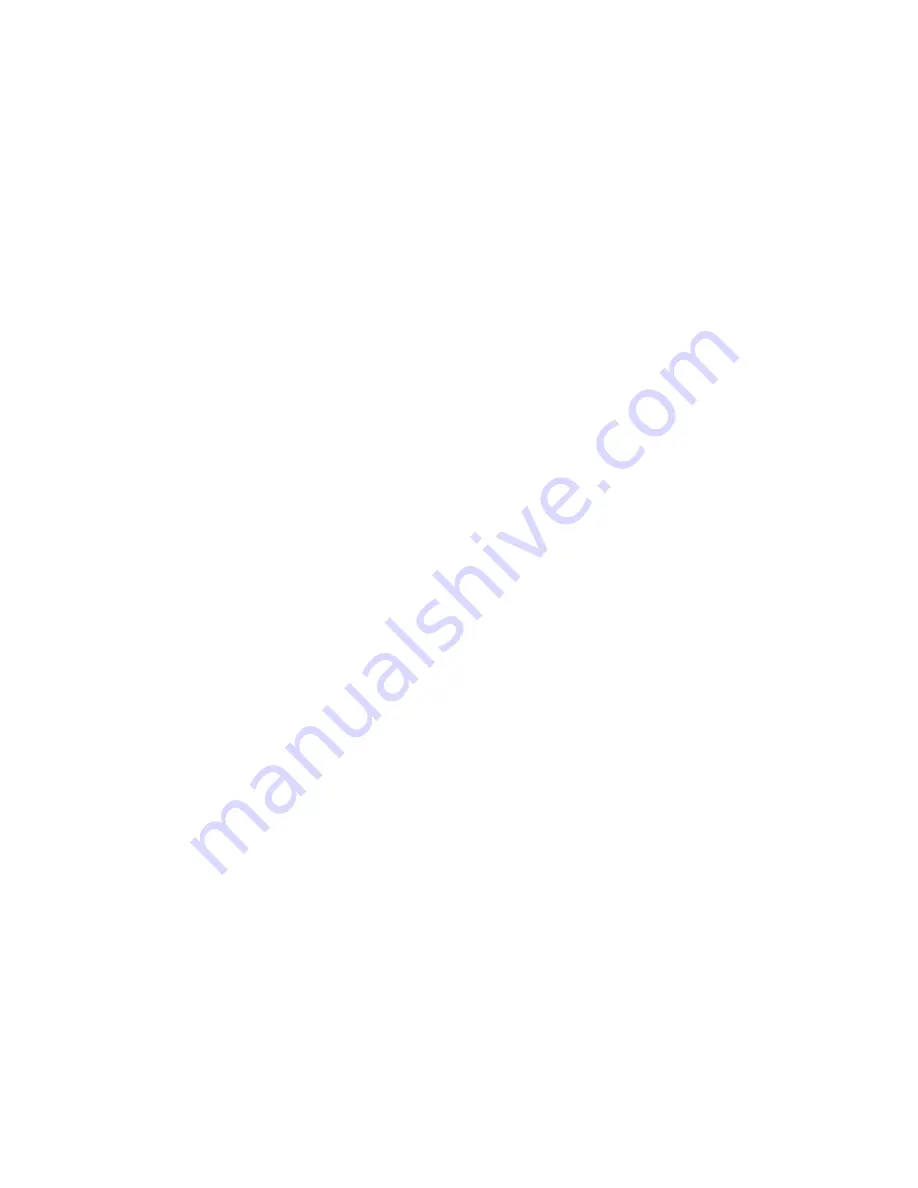
sequence (for the Program view duration) is substituted. When no Out point is set, Source
view substitutes the ending time of the clip to calculate duration, and the Program view
substitutes the ending time of the last clip in the sequence to calculate duration.
Playback controls in the Monitor window
A.
Go To In point
B.
Go To Out point
C.
Play In point to Out point
D
. Go To Previous Marker
E.
Frame back
F
. Play/Stop
G.
Frame forward
H
. Go To Next Marker
I.
Loop
J.
Jog disk
K.
Shuttle
slider
To play the Source or Program view:
Do any of the following:
•
Click the Play button , or press L or the Spacebar. (To stop, click the Stop button or
press K or the Spacebar. The button and the Spacebar toggle between Play and Stop.)
•
To play in reverse, press J.
•
To play from the In point to the Out point, click the Play In To Out button .
•
To play an entire clip or sequence repeatedly, click the Loop button , and then click the
Play button . Click the Loop button again to deselect it and prevent looping.
•
To play from the In point to the Out point repeatedly, click the Loop button , and then
click the Play In To Out button . Click the Loop button again to deselect it and
prevent looping.
E C D A B G F I H K J
Using Help | Contents | Index Back 106
Adobe Premiere Pro Help Assembling a Sequence
Using Help | Contents | Index Back 106
•
To play faster, press J or L repeatedly. For most media types, the clip’s speed increases
from one to two to three to four times. Pressing J plays reverse; pressing L plays
forward.
•
To play slower, press Shift+J or Shift+L repeatedly. For most media types, the clip plays
in slow motion, from .1 to .2 times. Pressing J plays reverse; pressing L plays forward.
•
To play around the current time, from preroll to postroll, Alt-click the Play In To Out
button. Pressing Alt changes the button to the Play Edit button .
To view a different frame:
Do any of the following:
•
Click the current time display of the view you want to cue, and type the new time.
(You don’t need to type colons or semicolons. However, be aware that Adobe Premiere
Pro interprets numbers under 100 as frames.)
•
To go forward one frame, click the Frame Forward button .
•
To go forward five frames, Shift-click the Frame Forward button .
•
To go backward one frame, click the Frame Back button .
•
To go backward five frames, Shift-click the Frame Back button .
•
To go to the previous edit in a sequence’s target audio or video track (including the cut
point of transitions), click the Previous Edit button in the Program view.
•
To go to the next edit in a sequence’s target audio or video track (including the cut
point of transitions), click the Next Edit button in the Program view.
Note: In this context, the term “edit” refers to where a clip begins or ends in a sequence;
“target tracks” are the sequence’s video and audio tracks designated to accept new clips
(see “Specifying source and target tracks” on page 128).
•
To go to the beginning of the clip or sequence, press Home.
•
To go to the end of the clip or sequence, press End.
For information about controlling playback in the Timeline window, see “Moving around
in the Timeline window” on page 118.
To jog or shuttle through frames:
Do one of the following:
•
Drag the shuttle slider left to play backward, or right to play forward. Playback speed






























